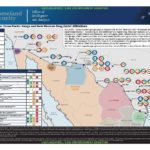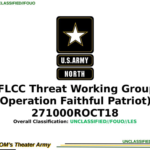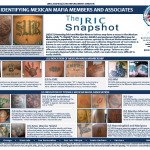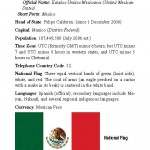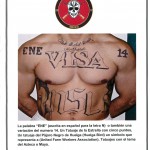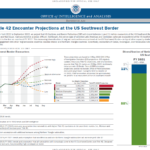
During the six-month period from April 2022 to September 2022, we project that US Customs and Border Protection (CBP) will record between 1 and 2.1 million encounters at the US Southwest Border. We have low confidence in these projections because migration is a complex and fluid issue, making predictive analysis difficult. Additionally, the percentage of selected Latin American and Caribbean nationals encountered at the US Southwest Border has increased from 11 percent in the first six months of FY 2021 to 31 percent in the first six months of FY 2022. This increasing diversification of migrant nationalities encountered at the US Southwest Border—on top of other capacity challenges—will further complicate US capacity to manage the expected flow, as it requires engagement with other migrant-source countries besides Mexico and Northern Triangle countries. Specifically, encounters of Cuban, Nicaraguan, and Venezuelan nationals pose unique challenges because of our limited relationships with these host countries.

